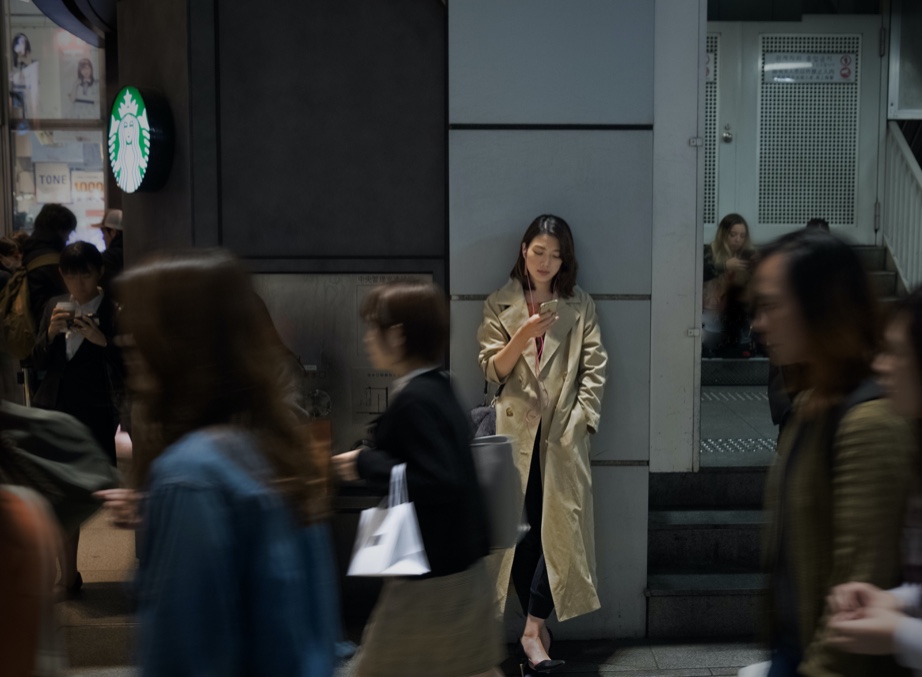As we moved into 2020, there was much-justified optimism in Japan. In 2019 we had celebrated the enthronement of a new emperor and the promise of a new age to come, called ‘Reiwa’. Furthermore, 2020, with the hosting of the Olympic Games in Tokyo, was to be the year that Japan took its place on the centre stage of world attention. In addition to Japanese sport, nascent forces of social modernisation and internationalisation were set to receive a boost from all of the international exchange and dialogue as well as media focus on the nation that a global festival like the Olympics could bring.
The Evolving Prospects of Women in the Workforce
Women in Japan had been enjoying having their needs placed under the spotlight with the now ex-prime minister Abe Shinzo’s rhetoric of Womenomics, which promised a “Japan in which women can shine”. Of course, regardless of Abe-san’s sweet words, the demographic reality is that a shrinking workforce and economic demands at the household level have necessitated greater participation in the workforce by women, albeit at a laughably low level in management roles so far.
When we spoke with young women before the crisis, they were increasingly optimistic about their prospects for progress and equality. They looked to their mothers’ generation and could see the progress that has been made. For example, it is nowadays quite normal for young women to expect similar working opportunities as men, at least when they’re young.
Unfortunately, if women want to advance, it is still difficult to juggle the responsibilities of child-rearing with the demands of somewhat inflexible employers. If women want to ‘earn their stripes’ in the company, they have to do so while juggling the needs of the home and their family. Lack of childcare support by the government makes it difficult to pursue their life goals beyond raising a family. Men have also been given minimal leeway to create a more supportive balance between their responsibilities at the office and their desire to support their partners to realise their dreams.
So while there has been a lot of well-intentioned talk about gender equality in Japan, before this can become a reality, there are shifts needed in the way work is structured that are much more important than mere lip service. It’s often been said that Japan only really changes in response to a crisis, but such changes can happen extremely quickly when it does. It certainly seems that the current Covid-19 crisis has the potential to do just this.
Adapting to the Work From Home Concept in Japan
Being able to work from home releases women from the pressure of needing to physically be present at the office. This has always been a huge issue in Japanese companies where the workday has a very indistinct ending. Employees generally stay in the office until quite late, so the need to prepare an evening meal after picking up your children from day-care (along with completing all other associated duties) can be quite disruptive not just to women but to their colleagues. I have seen this play out in our own firm where our work routinely continues well into the night.
However, in a work-from-home scenario, the pressures to be in multiple locations on the same day are not as pressing, so it would seem that Covid has presented a golden opportunity for women to level the playing field, at least partially. If there were one good thing to come out of 2020, it might be that women have become able to participate in professional work on much more flexible and attractive terms.
Furthermore, as dads and working mums have needed to work from home, women also get to spend a greater amount of quality time together with their family. Intra-family communication and gender roles have seen improvements, as husbands take a more significant role in childcare and housework. For the fellas, recent months have been an eye-opener as they come to realise just how repetitive and frustrating these chores are. Many have built a sense of respect and gratitude towards their wives, with their new first-hand knowledge of everything women are ordinarily expected to do.
However, as positive as these developments appear, they also place greater pressure on women. The amount of personal time they have, whether working or not, has vastly diminished. Mostly living in what Westerners would consider to be small homes, families have recently felt like they are living on top of one another. Additionally, many feel pressured to prepare three ‘proper’ meals a day, because all the family is home. Cleaning habits have also been interrupted since women can’t follow their usual routines. For some, this has led to a lower frequency of some tasks such as vacuum cleaning so as to not interrupt their husband’s Zoom calls or working concentration.
Opportunities and Trends that Arise from Covid-19
Societal change always entails new needs, and the Covid crisis is no different. For example, we see very immediate opportunities to enhance home food delivery services. Think about how women may want an enhanced, elevated experience while focusing on the health values of the product. Who is meeting this need? Wellness, in general, represents a huge, on-going opportunity to women who now have even more to juggle.
In the short term though, it is in the ‘petite luxury’ market where we see the biggest opportunity. Women are craving for a little bit of respite and pampering. Feeding those cravings with small, everyday elevated products (like premium chocolate) is meeting a huge need. Another petite indulgence, we’ve heard about multiple times is the phenomenon of non-tourists trying out “otoriyose (ordering from other regions)-gourmet,” such as regional-specific sweets or famous dishes. Upmarket body lotions and indulgent bath products will only increase their sales as the months get colder. More time, in general, is being spent on skincare, a category that has not skipped a beat during the crisis. Another growing area is that of herbal tea as it provides an opportunity to escape from the stress of self-quarantine. We even see the preparation of loose tea becoming a valued ritual that offers a momentary break from work.
In the wider sense, the opportunity for products and services that provide calmness, experience and escape seems to be even greater than before. The home might be where the heart is and, while there are aspects on the new togetherness and focus on the home that women enjoy, at the same time, women also want a break from it! Current marketing opportunities are all about lifting moods and, to some extent, distancing from reality.
It is hard to underestimate the changes that the Covid crisis has brought to the way women look at work and their lives. The repercussions are not only practical but also emotional. They will be felt for years to come and indicate a range of concrete problems and emotional deficits that new or enhanced products and services will be able to solve. It is useful to do the work in order to more deeply understand how needs are changing in real-time and how that will create new opportunities for your category and brand. Now, more than ever, it is a great idea to spend some up close and personal (properly socially distanced of course!) time with your target consumer at home. Every category will need some recalibration in the way they respond to the market. The only thing that we can depend on reliably is that things will continue to change.


